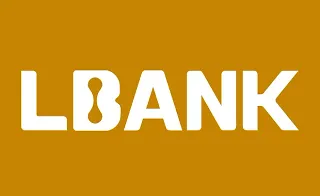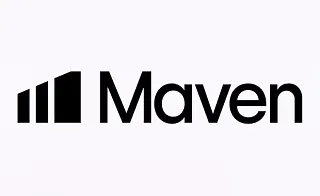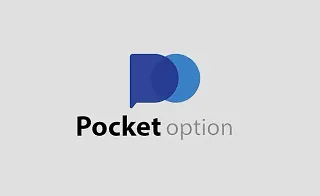The ICT Son's Model – HTF trading strategy is an optimized version of the 30-second Son's Model setup, designed for higher time frames such as 1-hour and 4-hour charts.
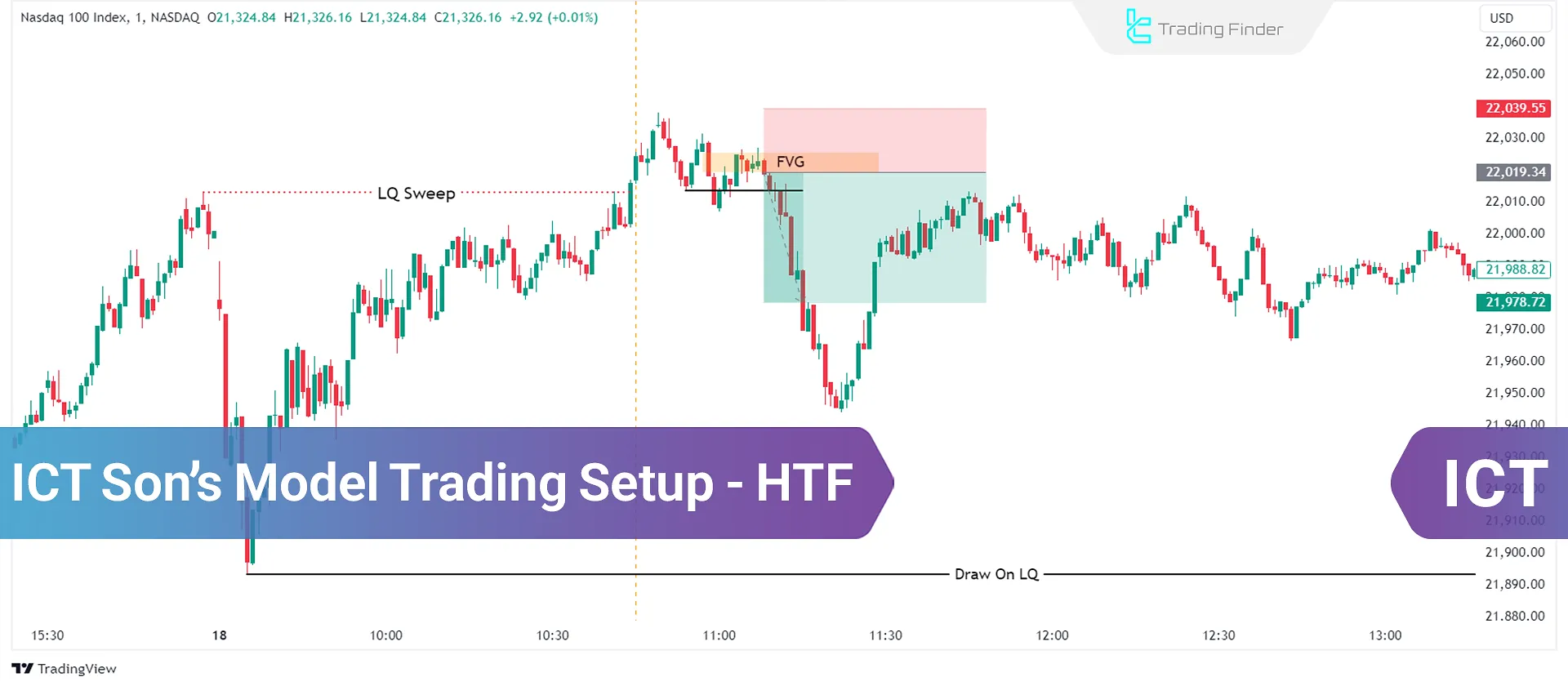
This strategy utilizes the ICT style core principles and key concepts, such as Draw On Liquidity and Sweep, enabling traders to perform more precise market structure analysis.
The main difference between this approach and others is using higher time frames to identify key areas.
With these settings, traders can refine their setups for long-term trades and pinpoint entry and exit points more accurately.
What is ICT Son's Model - HTF Trading Strategy?
The ICT Son's Model - HTF strategy is designed to leverage higher time frames beyond 30 seconds to gain more reliable trading signals.
This method focuses on liquidity, market structure, and entry techniques that can enhance your trading performance. Below are the key Steps of this strategy:
#1 Draw On Liquidity (DOL)
The first step in the ICT Son's Model - HTF strategy is identifying liquidity areas and determining the Draw On Liquidity (DOL) direction on the 1-hour or 4-hour chart.
This involves recognizing areas where the market has previously reversed, such as Highs or Lows, internal and external liquidity zones.
- Key Levels: Traders should mark critical levels on 4-hour or 1-hour charts. These levels include Highs, Lows, and Fair Value Gaps (FVGs), acting as potential reversal and liquidity accumulation points.
- Internal and External Liquidity: When identifying DOL, remember that price consistently moves from internal liquidity to external liquidity zones (and vice versa).
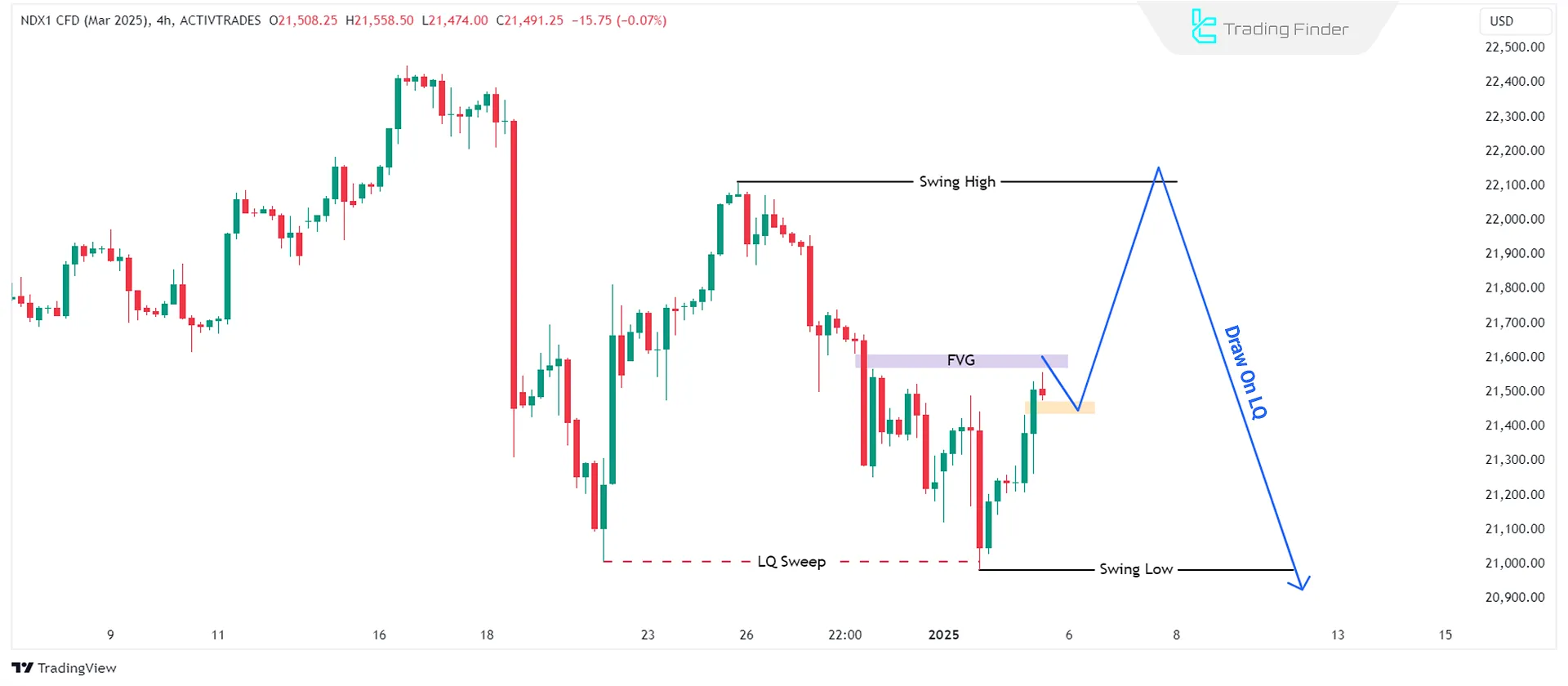
#2 Liquidity Sweep
The next step in the ICT Son's Model - HTF trading strategy is observing the Liquidity Sweep on the 15-minute chart:
- Swing Highs and Lows: Look for the sweep of a Swing High orSwing Low.
- Bullish Confirmation: If the DOL direction is bullish, wait for a bullish candle to close after sweeping a Swing Low.
- Bearish Confirmation: If the DOL direction is bearish, look for a bearish candle to close after sweeping a Swing High.
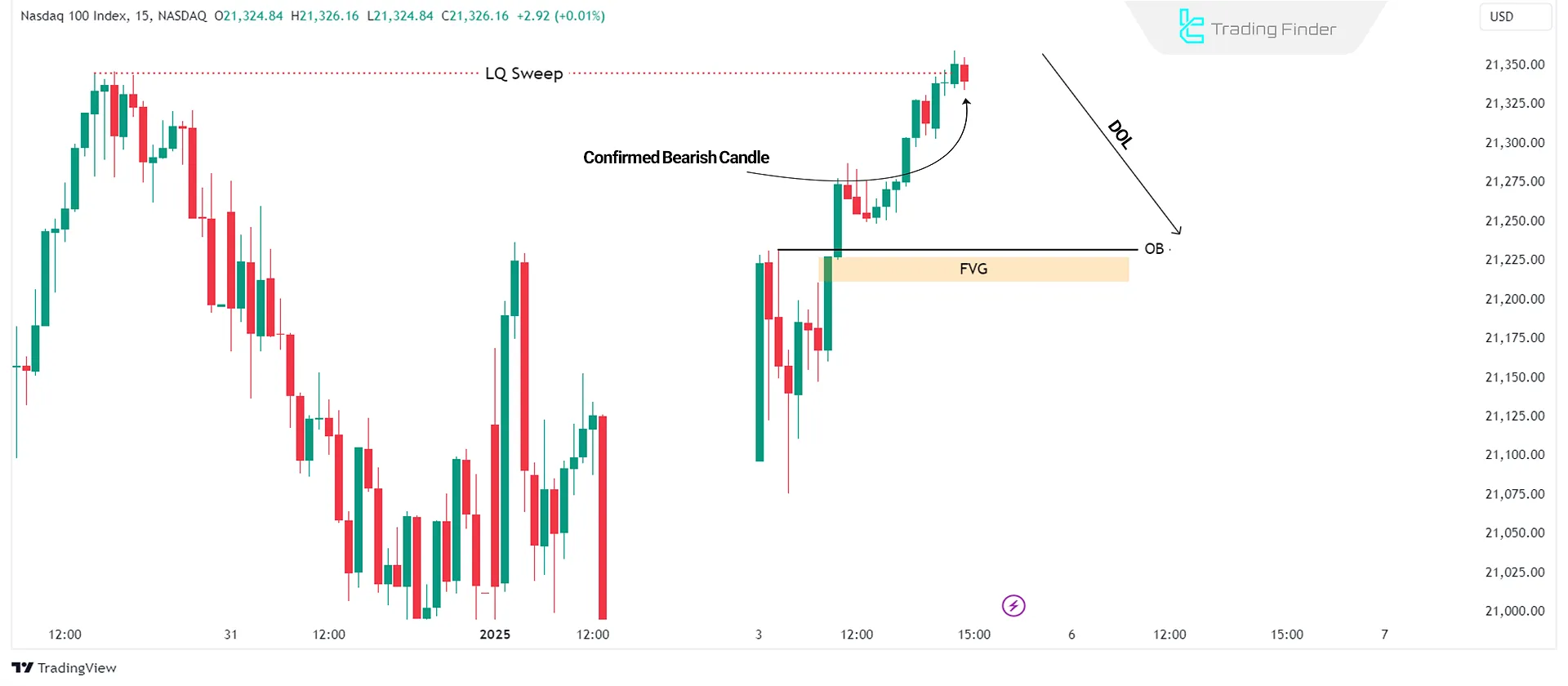
#3 Entry Techniques
The entry point in the ICT Son's Model – HTF setup is crucial, and Fair Value Gaps (FVGs) play a significant role:
- After Liquidity Sweep: Immediately after a liquidity sweep (of a High/Low) and the closing of a reversal candle (bullish/bearish), switch to the 1-minute chart.
- Using FVGs: On the 1-minute chart, wait for an FVG to form before entering the trade. These gaps represent areas where the price is likely to return.
- 5-Minute Chart: Traders aiming to enter trades on the 5-minute chart should identify the DOL direction on the 4-hour or daily chart.
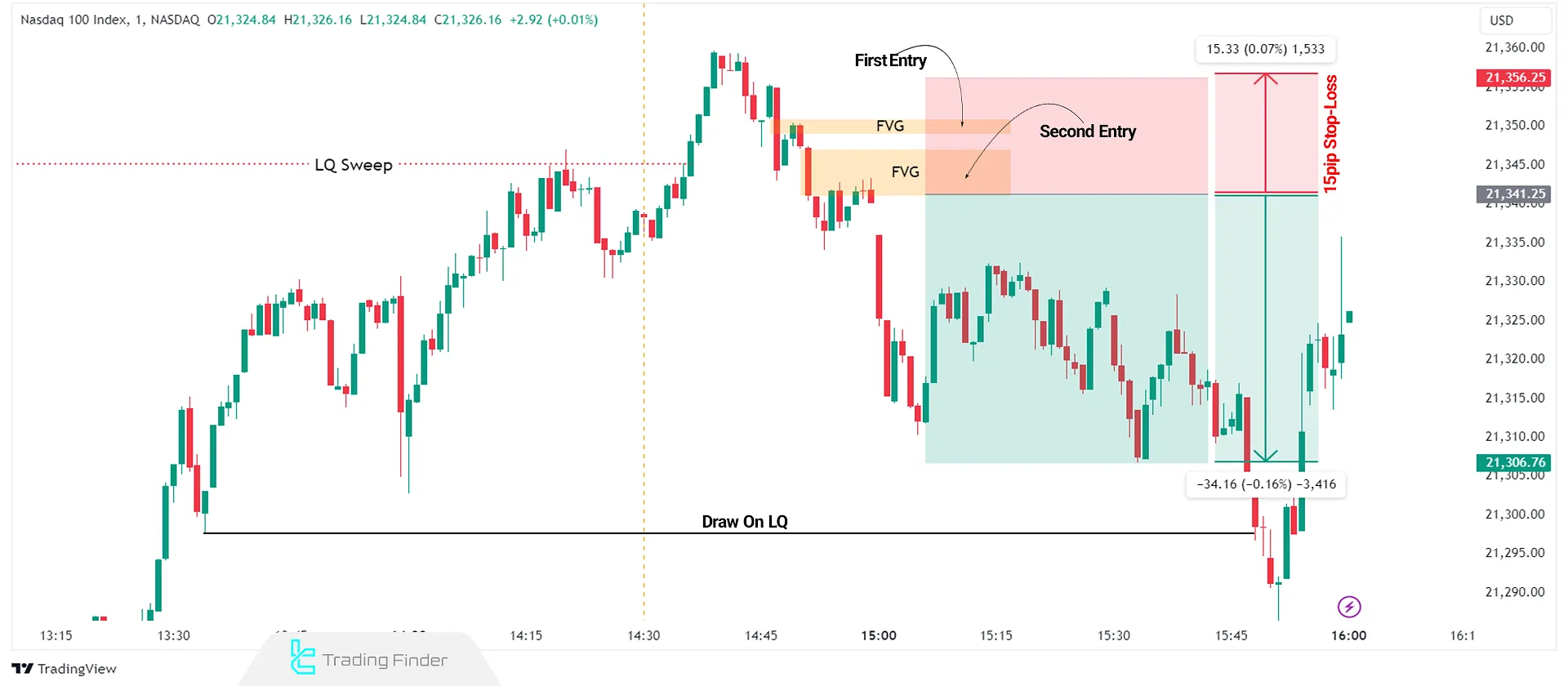
#4 Risk Management
Effective risk management is crucial to maintain profitability in trading. The ICT Son's Model higher time frame setup emphasizes maintaining a balanced risk-to-reward ratio.
- Risk/Reward Ratio: Aim for a risk/reward ratio of 1:1 or a maximum of 1:2. This ensures that potential profits are at least equal to possible losses.
- Stop Loss: For indices like NASDAQ and S&P, set a minimum stop loss of 15-20 points to protect your capital against market volatility.
Conclusion
The ICT Son's Model trading setup in higher time frames (HTF) offers a structured approach for forex and cryptocurrency.
Traders can confidently navigate markets by focusing on liquidity, optimizing entry techniques (OTE), and adhering to strict risk management principles.

